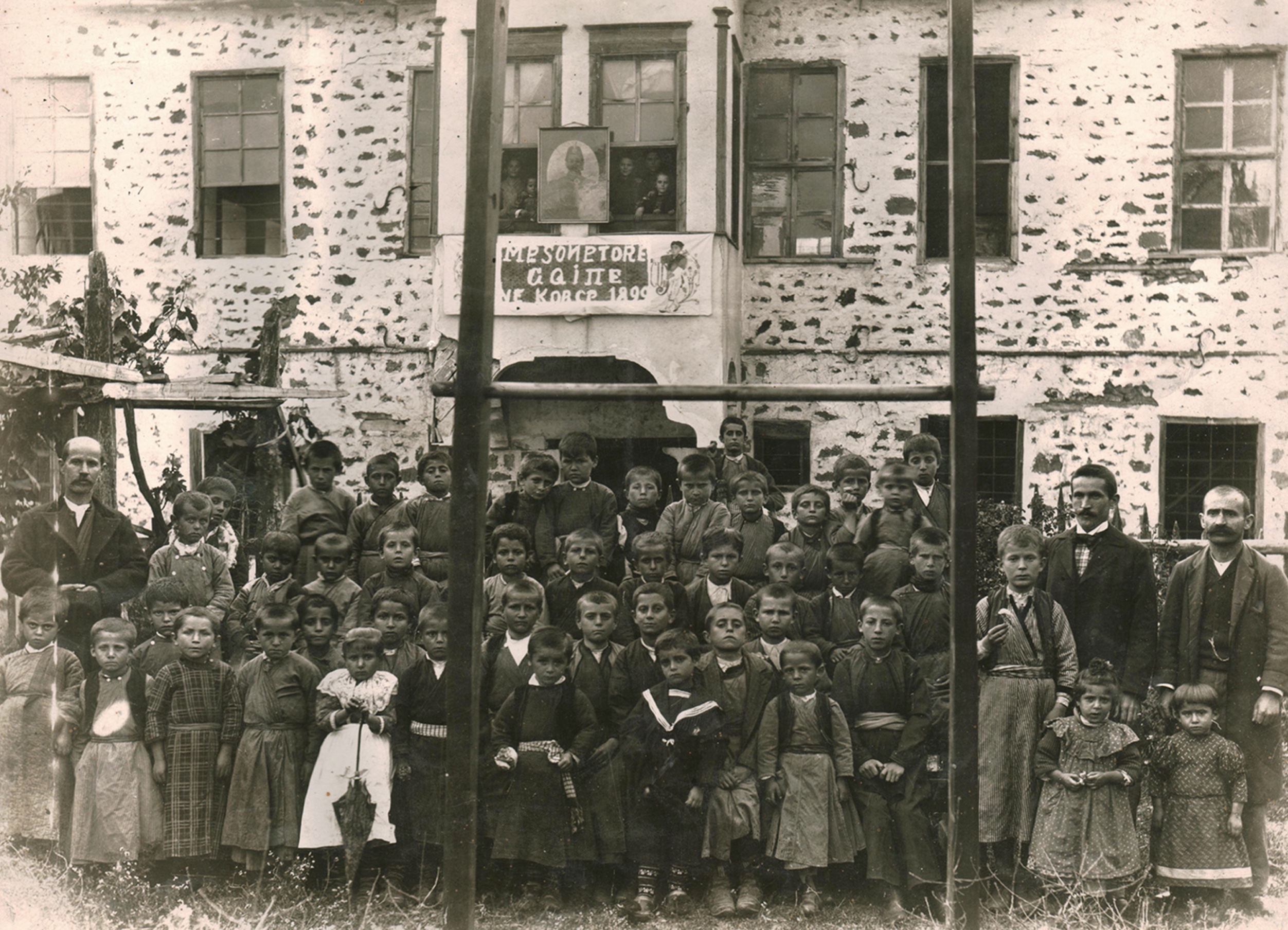|
Dhorkë Orgocka
Dhorkë Orgocka (25 October 1937 – 31 August 2002) was an Albanian actress, best known for her work as a member of Andon Zako Çajupi Theater since 50s, as one of the first performers on stage. Biography She was born in Korçë. From the age of 16, she was active with the amateur troupe of Korca Theater as a dramatic and comic actress, as a singer as a dancer. In 1951 she was one of the first female actresses of Albanian professional theater. She appeared in drama, comedy and variety films. Honors She received the award of Merited Artist of Albania for her contribution in film and theatre. A road in Tirana and Korce bears her name. Personal life and death Orgocka was married to Albanian actor and director Dhimiter Orgocka until her death. She died in Tirana Tirana ( , ; ) is the capital and List of cities and towns in Albania, largest city of Albania. It is located in the centre of the country, enclosed by mountains and hills, with Dajti rising to the east and ... [...More Info...] [...Related Items...] OR: [Wikipedia] [Google] [Baidu] |
Korçë
Korçë (; sq-definite, Korça) is the List of cities and towns in Albania, eighth most populous city of Albania and the seat of Korçë County and Korçë Municipality. The total population of the city is 51,152 and 75,994 of Korçë municipality (2011 census), in a total area of . It stands on a plateau some Above mean sea level, above sea level, surrounded by the Morava Mountains. The area of the Old Bazaar of Korçë, Old Bazaar, including Mirahori Mosque, Korçë, Mirahori Mosque, is considered as the urban core of the city. Founded by the local Ottoman Empire, Ottoman Albanians, Albanian nobleman Iljaz Bej Mirahori, Ilias Bey Mirahori, the urban area of Korçë dates back to the late 15th century and the beginning of the 16th century, however its actual physiognomy was realized in the 19th century, during a period that corresponds with the rapid growth and development of the city. The Old Bazaar has played a dominant role in Albania's market history. Korçë is the larges ... [...More Info...] [...Related Items...] OR: [Wikipedia] [Google] [Baidu] |
Tirane
Tirana ( , ; ) is the capital and largest city of Albania. It is located in the centre of the country, enclosed by mountains and hills, with Dajti rising to the east and a slight valley to the northwest overlooking the Adriatic Sea in the distance. It is among the wettest and sunniest cities in Europe, with 2,544 hours of sun per year. Tirana was founded in 1614 by Ottoman Albanian general Sylejman Pasha Bargjini, centered on the Old Mosque and ''türbe''. The city was fairly unimportant until the 20th century, when the Congress of Lushnjë proclaimed it as Albania's capital after the Albanian Declaration of Independence in 1912. The site of present-day Tirana has been continuously inhabited since the Iron Age and was likely the core of the Illyrian kingdom of the Taulantii, which in classical antiquity was centred in the hinterland of Epidamnus. Following the Illyrian Wars, it was annexed by the Roman Empire. With the collapse of the Western Roman Empire in the fourth cent ... [...More Info...] [...Related Items...] OR: [Wikipedia] [Google] [Baidu] |
Dhimiter Orgocka
Demetrio Progoni () was an Albanians, Albanian leader who ruled as ''Principality of Arbanon, Prince of the Albanians'' from 1208 to 1216 the Principality of Arbanon, the first Albanian state. He was the successor and brother of Gjin Progoni and their father, Progon of Kruja. Following the collapse of the Byzantine Empire in the Fourth Crusade, he managed to further secure the independence of Arbanon and extended its influence to its maximum height. Throughout much his rule he was in struggle against the Republic of Venice, Zeta (crown land), Zeta of Đorđe Nemanjić and later the Despotate of Epiros and inversely, maintained good relations with their rivals, the Republic of Ragusa, and at first Stefan Nemanjić of Grand Principality of Raška, Raška, whose daughter Komnena Nemanjić, Komnena he married. The Gëziq inscription found in the Catholic church of Ndërfandë (modern Gëziq) shows that by the end of his life he was a Catholic. In Latin documents, of the time, he is oft ... [...More Info...] [...Related Items...] OR: [Wikipedia] [Google] [Baidu] |

